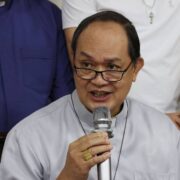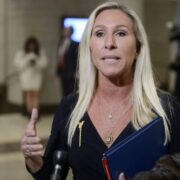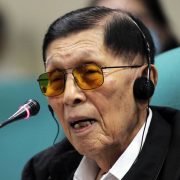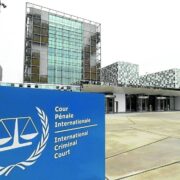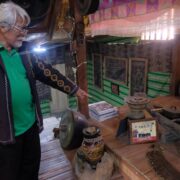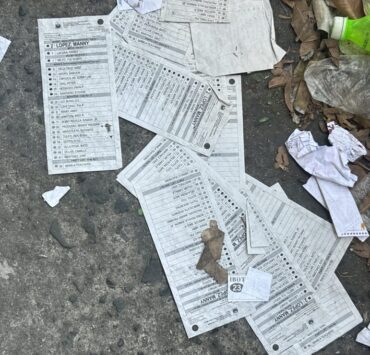Art of the tariff deal: Much at stake in Marcos-Trump meet
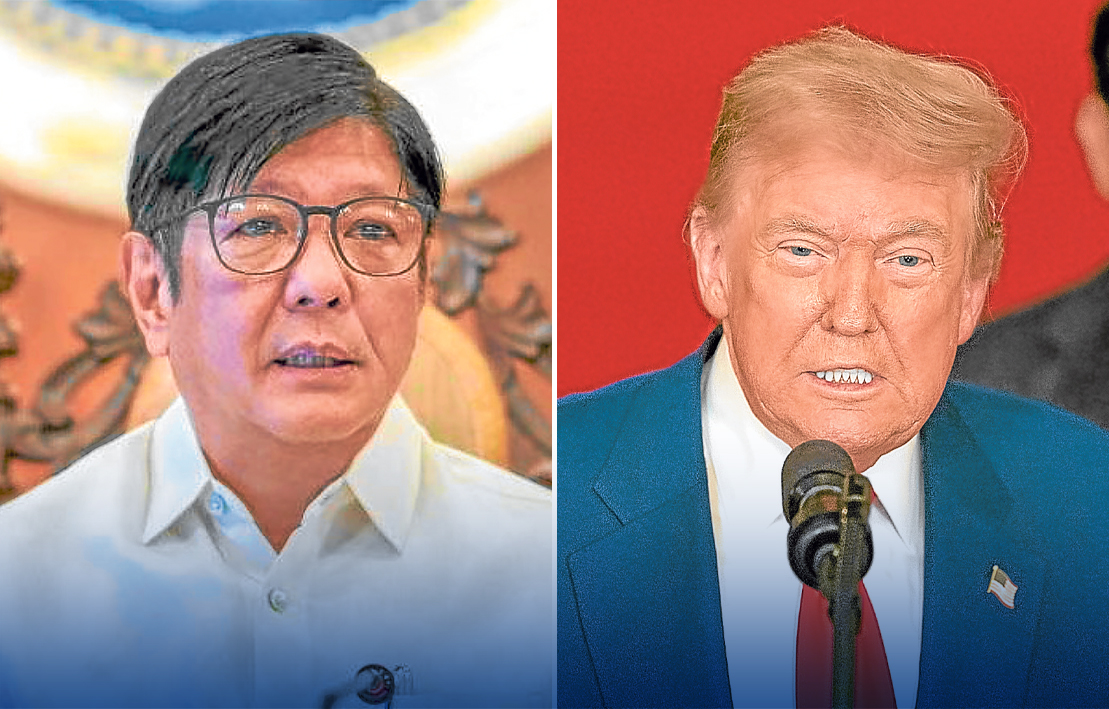
WASHINGTON—When he faces US President Donald Trump, President Marcos will have to play his cards right to negotiate a lower tariff for the Philippines, or risk disrupting supply chains and endangering domestic jobs, an analyst said on Tuesday.
Trump is hosting Mr. Marcos on Tuesday (Wednesday in Manila) at the White House, as the two countries seek closer security and economic ties in the face of shifting geopolitics in the Indo-Pacific region.
High on the agenda of their bilateral meeting are the 20-percent tariffs on Filipino goods that Trump has threatened to impose on Aug. 1 unless the two sides can strike a deal.
“The key is not just tariff exchange but protecting vulnerable sectors in the process,” John Paolo Rivera, senior research fellow at the Philippine Institute for Development Studies, told the Inquirer.
In such a situation, Mr. Marcos will have to play strategically, not transactionally, to secure the right deal, he added.
“If tariffs are reduced or exemptions are secured, it will ease the pressure on exporters, protect jobs and signal policy stability, which is critical for future trade and investment decisions,” Rivera pointed out.
Manila is open to offering zero tariffs on some US goods to strike a deal with Trump, Philippine Finance Secretary Ralph Recto told local journalists.
Deal in the works
White House press secretary Karoline Leavitt hinted that a trade agreement with the Philippines was in the works. “Perhaps this will be a topic of discussion,” she told reporters on Monday when asked about tariff negotiations.
The White House said Trump would discuss with Mr. Marcos the shared commitment to upholding a free, open, prosperous and secure Indo-Pacific.
In imposing reciprocal tariffs on more than 100 countries, Trump insisted that it was meant to address trade imbalances and market barriers. The Philippines exports more to the United States than it imports, registering a trade surplus of $5.3 billion.
Rivera warned that Filipino exporters, particularly in the electronics, garments and agriculture sectors, would bear the brunt of a retained 20-percent tariff.
“This could lead to lower export sales, reduced factory activity and job cuts in affected sectors,” he said, adding that Manila-based exporters would either absorb tariff costs or risk losing customers in the United States.
More expensive goods may also shift demand away from Philippine-made products, resulting in less sales for the country.
Washington remained Manila’s biggest export destination in 2024, accounting for 16.6 percent of total exports. This is equivalent to $73.27 billion in export sales, according to data from the Philippine Statistics Authority.
While Philippine firms are seen to take the most impact from a higher tariff, ordinary Filipinos are also at risk, Rivera pointed out.
Job losses
If the negotiations do not lead to a more favorable rate for the Philippines, there may be job losses in export-driven sectors, including electronics, garments, agri-processing and logistics, he said.
Before departing for Washington on Sunday, Mr. Marcos vowed to negotiate a trade deal “that will ensure strong, mutually beneficial and future-oriented collaborations only the United States and the Philippines will be able to take advantage of.”
Sergio Ortiz-Luis Jr., honorary chair of the Philippine Chamber of Commerce and Industry, had earlier told the Inquirer that the government may have no other choice but to offer lower tariffs on Washington’s agricultural exports to Manila, as it had already “given everything.”
Rivera agreed that this could help manufacturers and exporters if this results in a lower overall tariff but may also prove difficult for Filipino farmers who earn little.
“It could harm local farmers by exposing them to the cheaper US agricultural products without adequate support or safety nets,” he said.
“This may undermine food security, rural incomes and local competitiveness, especially if the trade-off is not balanced with subsidies, capacity-building or transition support for our agricultural sector,” Rivera added.
Between treaty partners
Mr. Marcos’ three-day visit shows the importance of the alliance between the treaty partners at a time when China is increasingly assertive in the South China Sea, where Manila and Beijing have clashed over the hotly contested Panatag (Scarborough) Shoal. (See related story on Page A5.)
Washington sees Beijing, the world’s No. 2 economy, as its biggest competitor, and consecutive presidential administrations have sought to shift US military and economic focus to the Asia-Pacific in a bid to counter China.
Trump, like others before him, has been distracted by efforts to broker peace in a range of conflicts, from Ukraine to Gaza. —WITH A REPORT FROM AP





